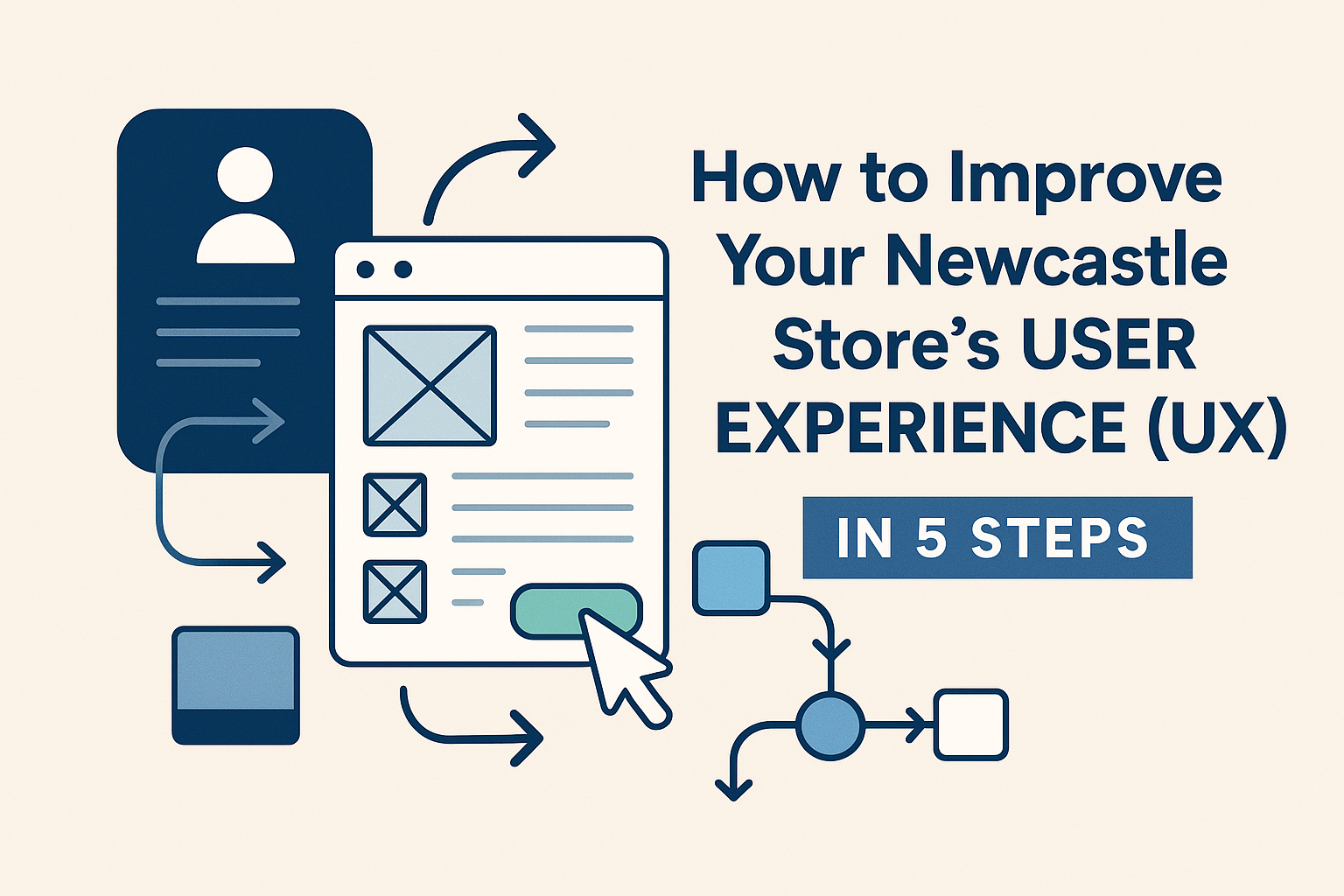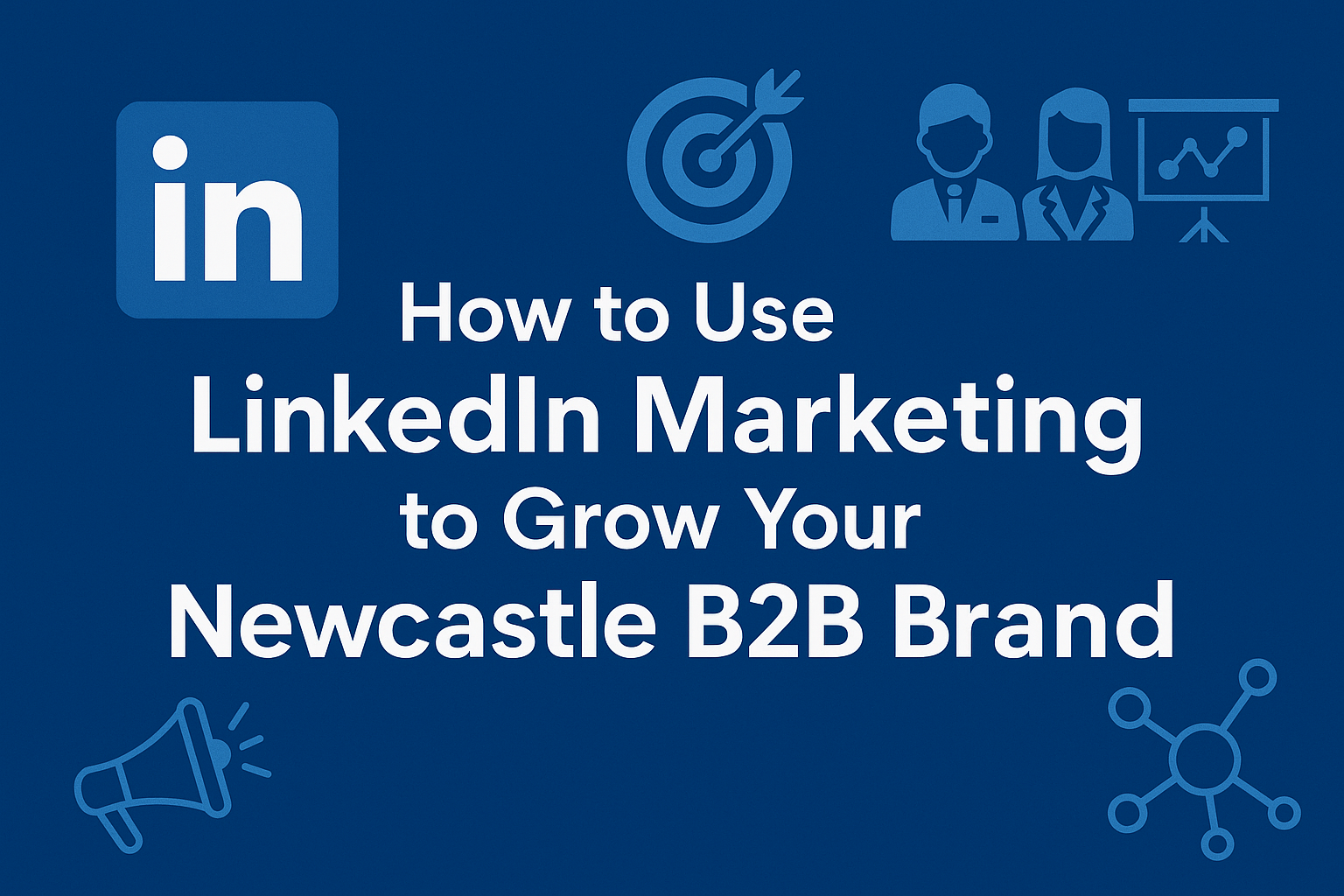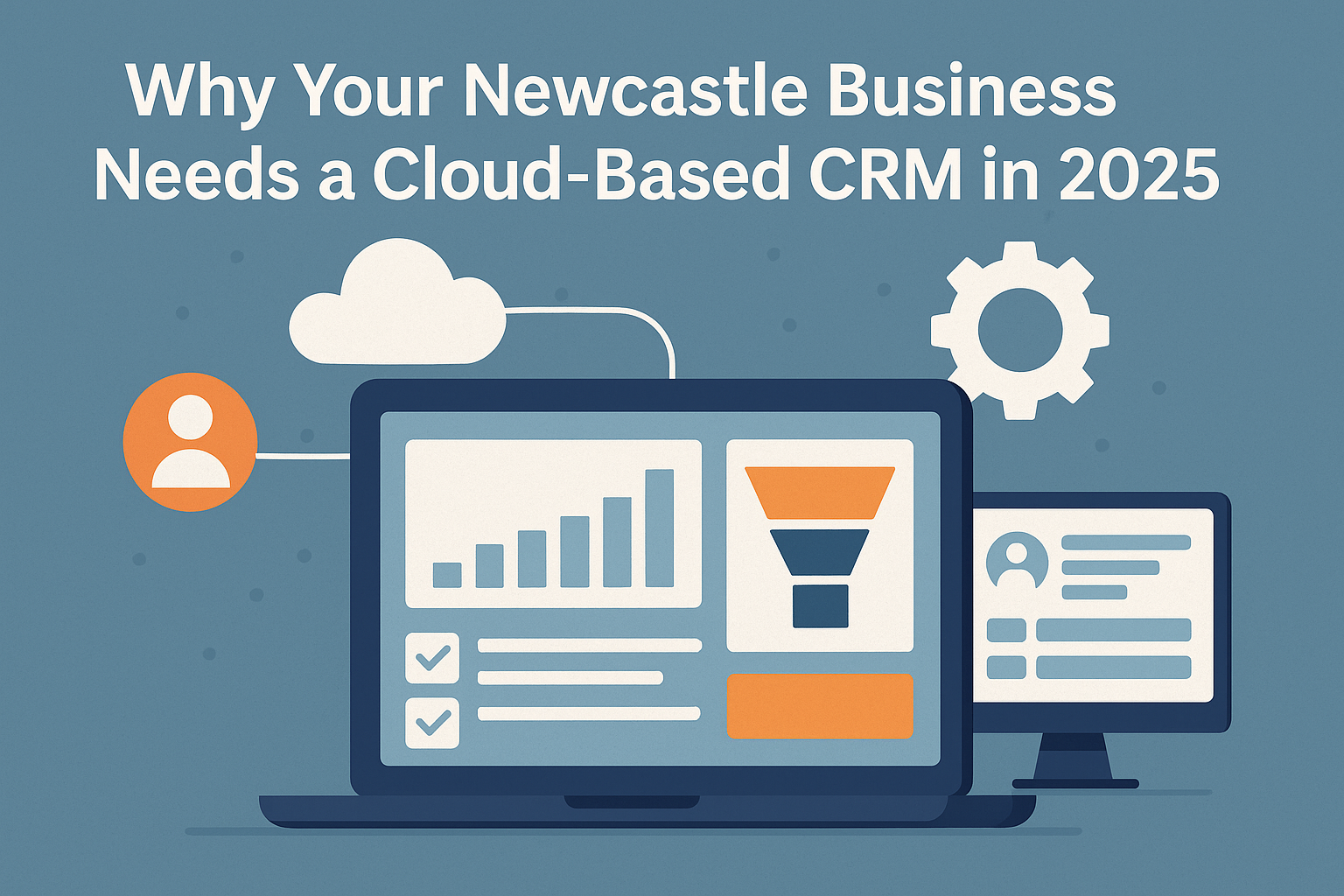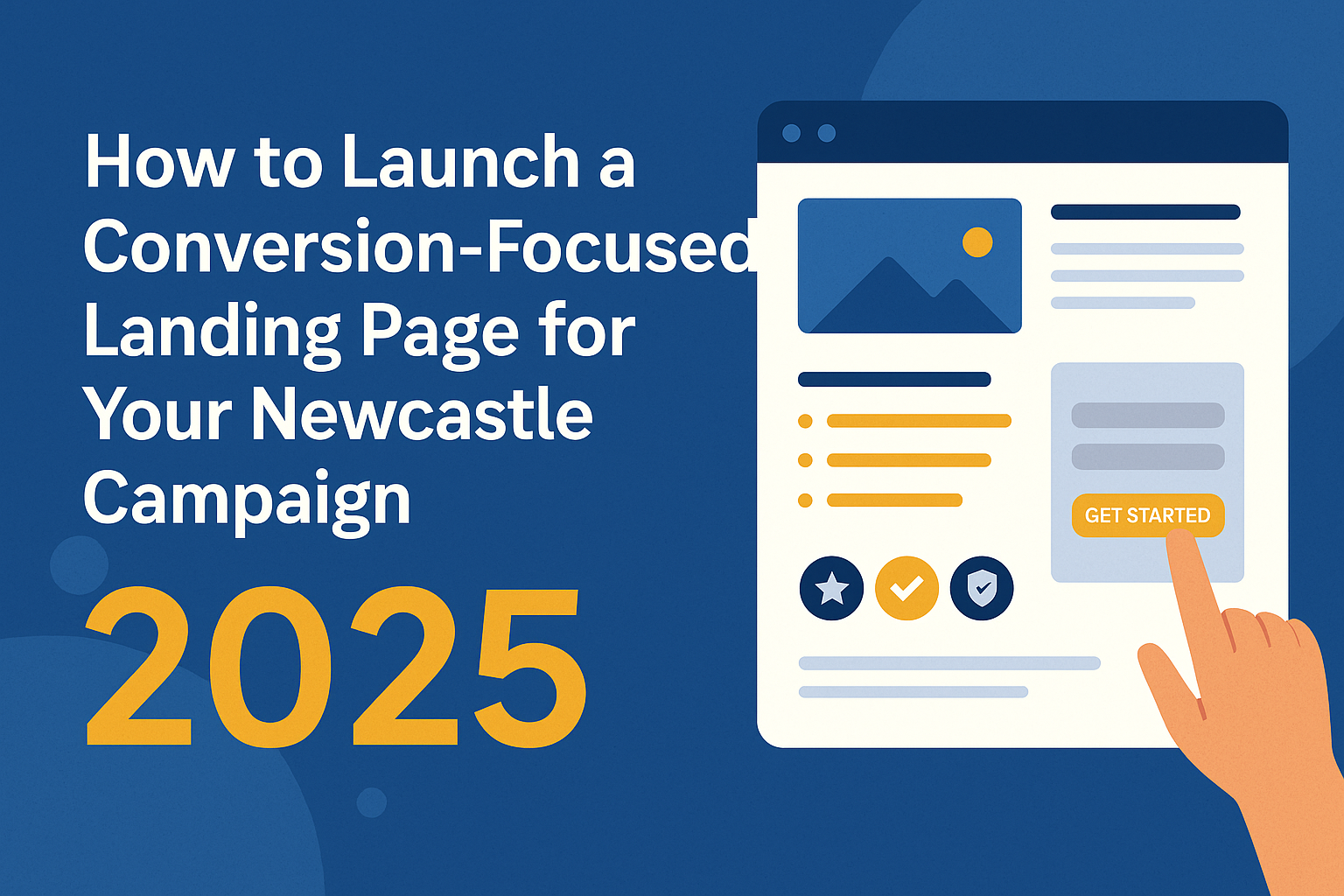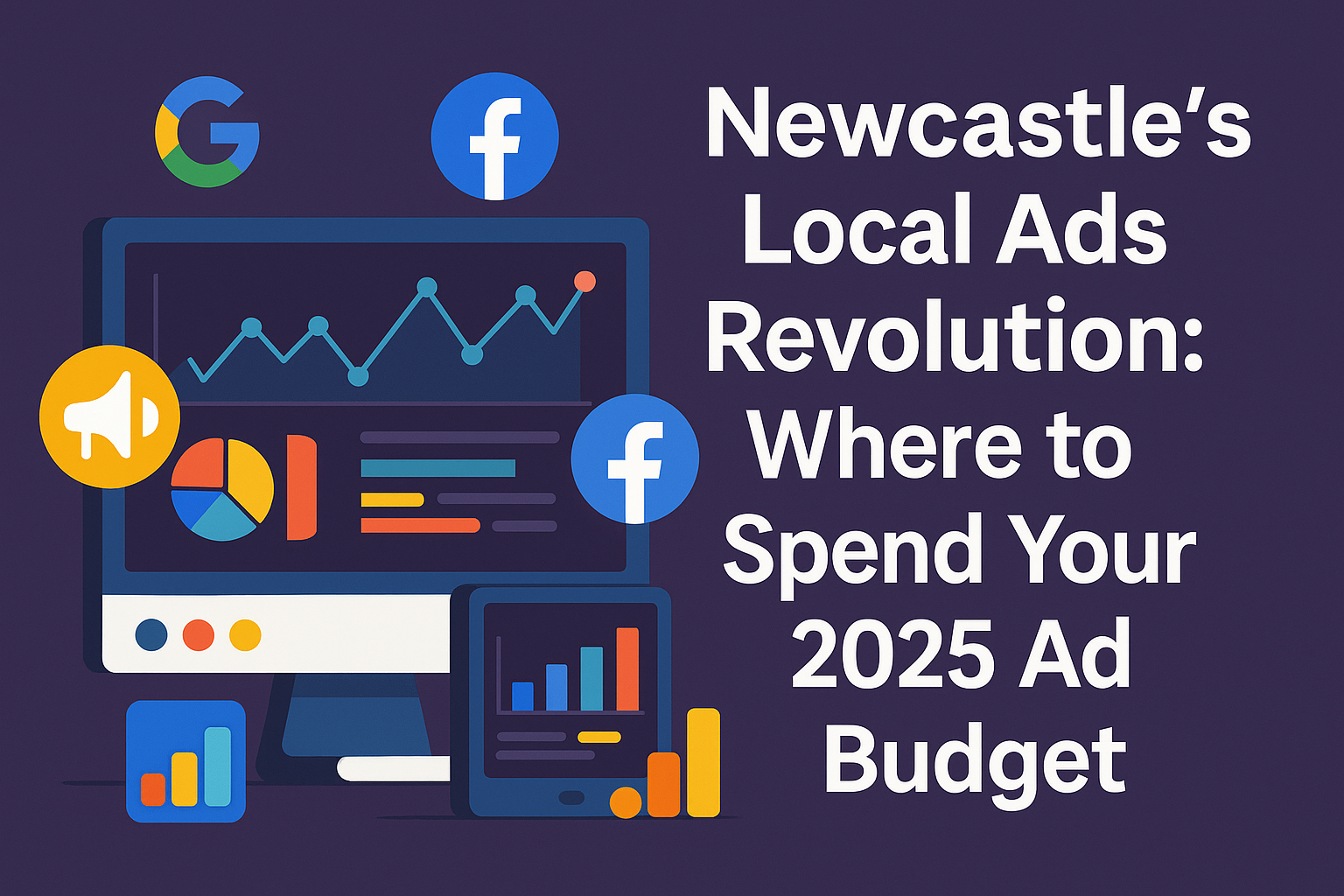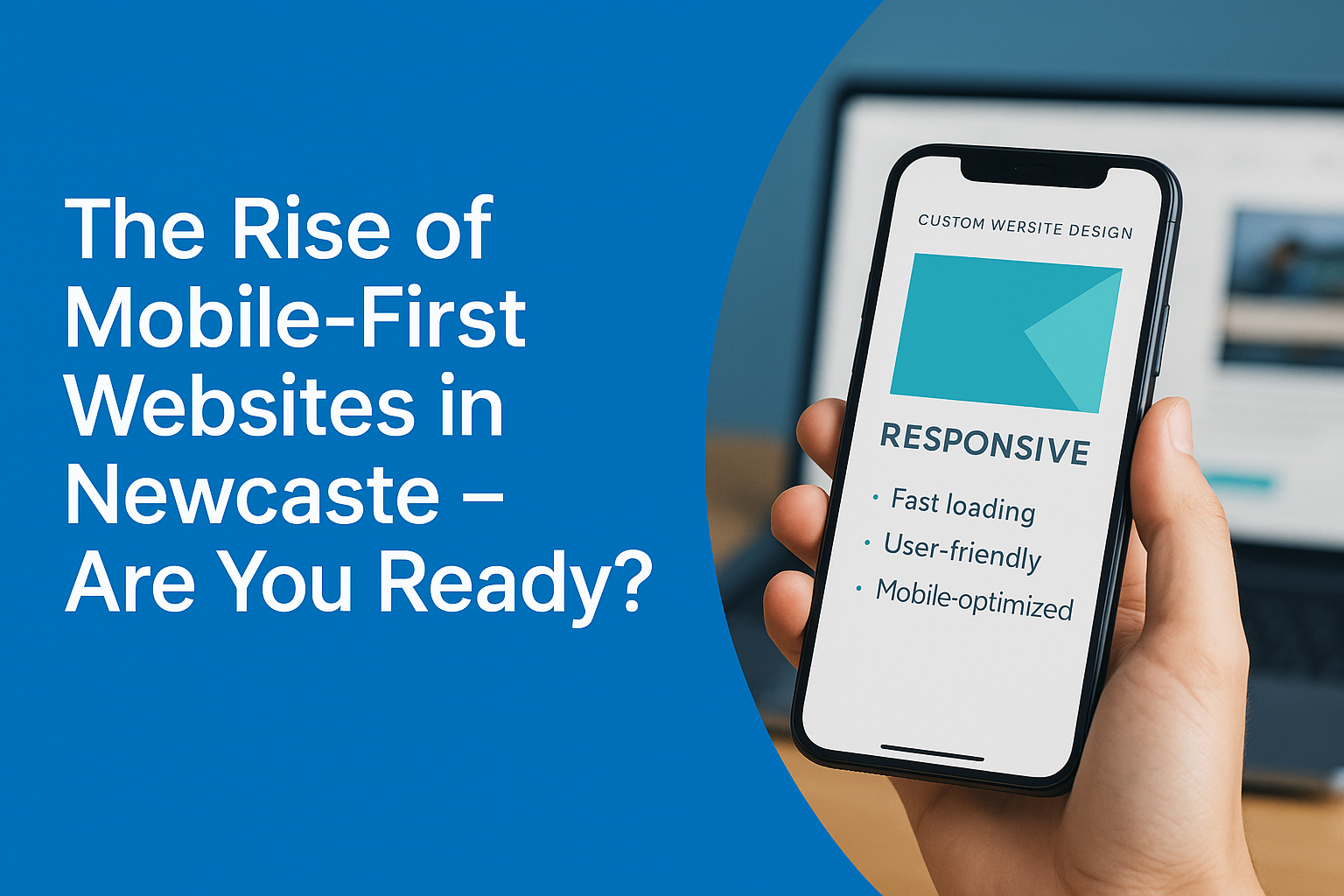- sales@robatodigitals.com
- 124 Westwood Dr, Burnside VIC 3023
Building a Mobile App Marketing Strategy: A Step-by-Step Guide

Building a Mobile App Marketing Strategy: A Step-by-Step Guide
With millions of mobile apps vying for users' attention in app stores, developing a mobile app is just the beginning. To succeed in the highly competitive mobile app market, you need a well-crafted mobile app marketing strategy. In this blog post, we'll walk you through the essential steps to create an effective mobile app marketing plan that will help you attract users, increase downloads, and maximize the success of your mobile application.
Step 1: Define Your Target Audience
Before launching into marketing efforts, it's crucial to understand your target audience. Identify who your ideal users are by considering factors such as age, gender, location, interests, and pain points. Developing detailed user personas will guide your marketing decisions and help you create content and campaigns that resonate with your audience.
Step 2: Conduct Market Research
Competitive analysis and market research are essential components of any effective mobile app marketing strategy. Study your competitors' apps to identify their strengths and weaknesses. Analyze user reviews to understand what users like and dislike about similar apps. Use this information to position your app effectively in the market.
Step 3: Optimize Your App Store Presence
Your app's appearance in app stores plays a significant role in attracting users. Optimize your app store listing by:
Choosing an attention-grabbing app name and icon.
Crafting a compelling app description that highlights its features and benefits.
Using relevant keywords to improve discoverability.
Encouraging positive user reviews and ratings.
Providing high-quality screenshots and videos showcasing your app's functionality.
Step 4: Create Engaging Content
Content marketing is a powerful tool for app promotion. Develop informative blog posts, articles, videos, and infographics related to your app's industry or niche. Share valuable insights and tips that establish your authority and draw users to your app. Promote this content through your website, social media, and email marketing.
Step 5: Leverage Social Media
Social media platforms are valuable channels for reaching potential users. Create engaging content, run paid advertising campaigns, and actively engage with your audience on platforms like Facebook, Instagram, Twitter, and LinkedIn. Consider collaborating with influencers in your niche to reach a wider audience.
Step 6: Utilize App Store Advertising
Both Apple's App Store and Google Play offer advertising options to promote your app. Invest in paid app store advertising campaigns to increase your app's visibility to relevant users. Target specific demographics and keywords to optimize your ad spend.
Step 7: Implement App Store Optimization (ASO)
App Store Optimization is the mobile app equivalent of SEO. Continuously optimize your app store listing by monitoring and adjusting keywords, images, and descriptions to improve your app's ranking in search results. Regularly update your app to fix bugs, add features, and address user feedback.
Step 8: Encourage User Engagement and Retention
Retaining existing users is as crucial as acquiring new ones. Implement strategies to keep users engaged with your app. Push notifications, in-app messaging, and personalized content can all help improve user retention rates. Consider offering loyalty programs or incentives to reward and retain loyal users.
Step 9: Measure and Analyze Metrics
Regularly monitor and analyze key performance metrics to assess the effectiveness of your mobile app marketing efforts. Metrics to track may include app downloads, user engagement, retention rates, user feedback, and conversion rates. Use these insights to refine your strategy and make data-driven decisions.
Step 10: Iterate and Optimize
Successful mobile app marketing is an ongoing process. Continuously iterate and optimize your strategy based on the insights you gather and the changing market dynamics. Stay up-to-date with industry trends and adapt your approach to stay competitive.
Building a successful mobile app marketing strategy requires careful planning, ongoing efforts, and a deep understanding of your target audience. By following these steps and remaining agile in your approach, you can increase your app's visibility, attract users, and maximize its potential for success in the competitive app market. Remember, a well-executed marketing strategy is just as essential as a well-designed app when it comes to achieving your goals.


